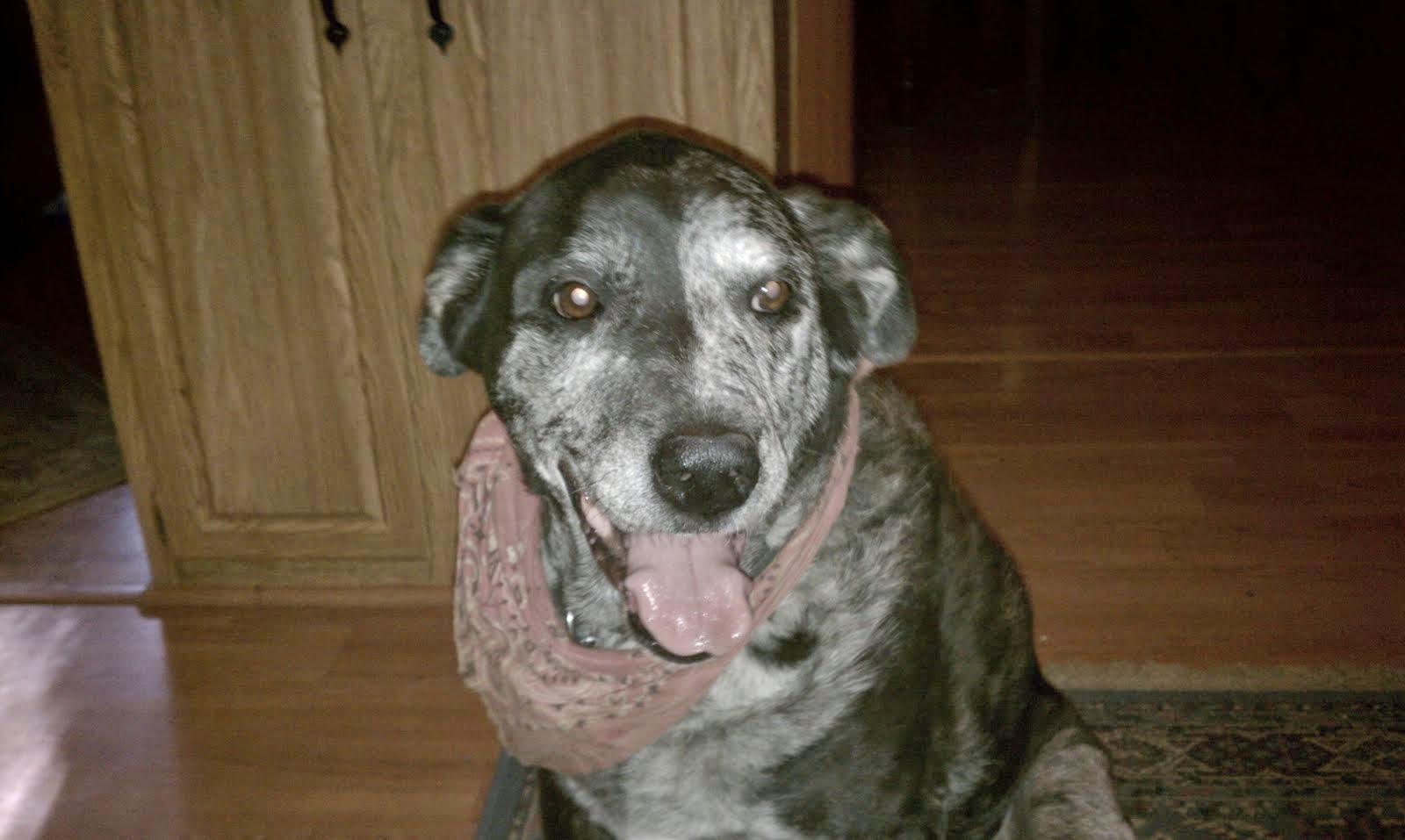Bovine colostrum from pasture-fed cows contains immunoglobulins specific to many human pathogens, including Escherichia coli, Cryptosporidium parvum, Shigella flexneri, Salmonella, Staphylococcus,[27] and rotavirus (which causes diarrhea in infants). Before the development of antibiotics, colostrum was the main source of immunoglobulins used to fight infections. In fact, when Albert Sabin made his first oral vaccine against polio, the immunoglobulin he used came from bovine colostrum.[28] When antibiotics began to appear, interest in colostrum waned, but, now that antibiotic-resistant strains of pathogens have developed, interest is once again returning to natural alternatives to antibiotics, namely, colostrum.[29]
Proline-rich Polypeptides (PRP)
These small immune signaling peptides were independently discovered in colostrum and other sources, such as blood plasma, in the United States,[42] and Poland.[43] Hence they appear under various names in the literature, including Colostrinin, CLN, Transfer Factor and PRP. They function as signal transducing molecules that have the unique effect of modulating the immune system, turning it up when the body comes under attack from pathogens or other disease agents, and damping it when the danger is eliminated or neutralized.[44] At first thought to actually transfer immunity from one immune system to another, it now appears that PRP simply stimulates cell-mediated immunity.[45]A 2006 study published in the Journal of Experimental Therapeutics and Oncology indicated that PRP may have an impact on the aging process by reducing the spontaneous or induced mutation frequency in the DNA of cells.[46] Such DNA damage is implicated in the general process of aging. The study, which was performed in both hamster and human cells, looked at the impact of PRP on the frequency of defined DNA mutations in these cells as they occur naturally and when induced by various known chemical or physical agents. In cells stressed oxidatively, PRP reduced the frequency of mutation induced by reactive oxygen species (ROS) to nearly background levels in a dose-dependent manner. It is suggested that the antimutagenic properties of PRP are achieved via multiple mechanisms - by decreasing intracellular levels of ROS and so preventing DNA damage and by increasing the efficiency of natural DNA repair mechanisms.
PRP-rich preparations from bovine colostrum have shown some activity against various diseases including viral infections[47] of herpes viruses[48] and HIV,[49] as well as difficult to treat bacterial and fungal infections (MIGHT THIS HELP WITH DOG NASAL ASPERGILLUS FUNGAL INFECTIONS AS WELL?) like Mycobacterium fortuitum[50] and Mycobacterium tuberculosis[51] (cause of tuberculosis), cryptosporidosis in AIDS patients,[52] and candida.[53] Also for various forms of cancer, such as Hodgkin's disease,[54] osteogenic sarcoma,[55] prostate cancer,[56] and others. As an immune modulator, PRP is also effective in disease states characterized by an overactive immune system, such as allergies,[57][58] asthma,[59] and autoimmune diseases.[60]
Colostrum also has antioxidant components, such as lactoferrin[39] and hemopexin, which binds free heme in the body.[40]
The use of bovine colostrum in medicine, dates back thousands of years. Ayurvedic doctors have used it for physical and spiritual purposes throughout the history of time. Bovine colostrum was used in the United States, and all over the world, for immune problems, prior to the discovery of sulfa drugs and antibiotics. Thousands of scientific studies and human clinical trials worldwide have proven bovine colostrum to be safe and therapeutic.
If a calf does not receive colostrum, they will die within a week's time. The unique property of bovine colostrum is that it is a universal donor for all mammals. Colostrum contains all of the immune factors necessary for protecting the newborn from bacteria, allergens, toxins and viruses. Colostrum also contains a balanced proportion of growth factors that are required for growth and healing. Current research shows that colostrum triggers at least fifty different functions in the newborn.
A fascinating fact about colostrum, is that it contains polyproline-rich peptides, which are a regulator of the thymus gland (master immune gland) of the body. It establishes homeostasis in the thymus gland, by regulating an under active or overactive thymus.
Bovine colostrum is not species specific, so dogs (and other mammals including humans) can greatly benefit from it.
I am now giving Lucy Swansonvitamins.com 1 Colostrum cap at AM Meal and Night Cottage Cheese/Flax Oil Budwig snack.

 notice the depigmentation and ulceration
notice the depigmentation and ulceration